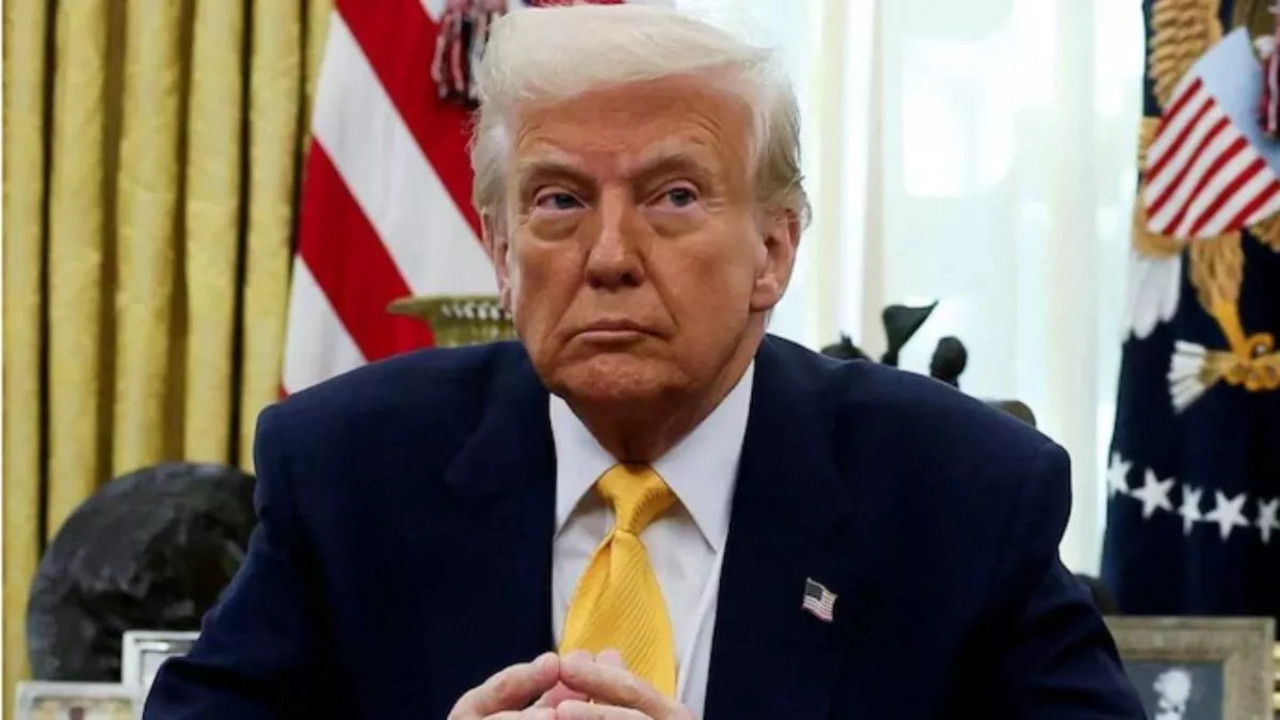
Why Trump Roared at Delhi Yet Bowed to Jinping (Social Media)
International News: US President Donald Trump has announced a steep 50% tariff on Indian goods, with half of that—25%—directly intended as a penalty for India’s purchase of Russian oil. While Trump has taken an aggressive stance toward New Delhi, his approach toward Beijing has been noticeably softer. Even US Vice President JD Vance has admitted that applying similar tariff pressure on China is far more complicated.
Instead of escalating the trade war, Trump has extended the current tariff regime against China by three months through an executive order. Without this extension, US tariffs on Chinese goods would have automatically risen to 145%, likely prompting Beijing to retaliate with a 125% duty on American exports. Analysts suggest this move reflects Trump’s reluctance to provoke a full-scale trade breakdown with China—a nation deeply entrenched in America’s supply chain.
China’s Commerce Ministry confirmed the decision, stating it would suspend certain export controls and restrictions on US firms listed as “unreliable entities.” Trump’s extension effectively gives both sides more time to negotiate a broader trade agreement.
Experts point to one key reason for this restraint—China’s dominance in rare mineral resources. These minerals are essential for manufacturing everything from fighter jets to electric vehicles. Earlier this year, when Beijing imposed licensing restrictions on the export of rare elements and magnets to the US, it triggered turmoil in the American technology and automotive sectors. This dependency forced Washington to reconsider its hardline approach.
Former US Trade Representative Claire Reed acknowledged that the US has “no real leverage” in this domain, while International Crisis Group’s Ali Wine argued that America’s excessive tariff strategy had backfired—empowering China to push back harder and even dictate the terms of trade discussions.
While Trump hesitated with China, he took no such caution with India. His administration’s decision to slap a 50% tariff on Indian goods has been justified as an attempt to hurt Russia’s oil revenues and protect US jobs. There are also long-standing political frictions over H-1B visa policies and outsourcing, which have fueled domestic resentment toward India.
Moreover, US officials see India as a competitor in certain technology and service sectors but not as essential to the American supply chain in the same way China is. The trade deficit numbers also tell a different story—last year, the US deficit with China stood at a massive $262 billion, the largest with any country, making complete disengagement economically risky.
In contrast, India’s position as a growing but less critical trade partner allows Washington to apply harsher measures without facing the same strategic consequences. As a result, while China’s countermeasures have forced Trump to tread carefully, India faces a much tougher trade climate from Washington.





Copyright © 2026 Top Indian News
